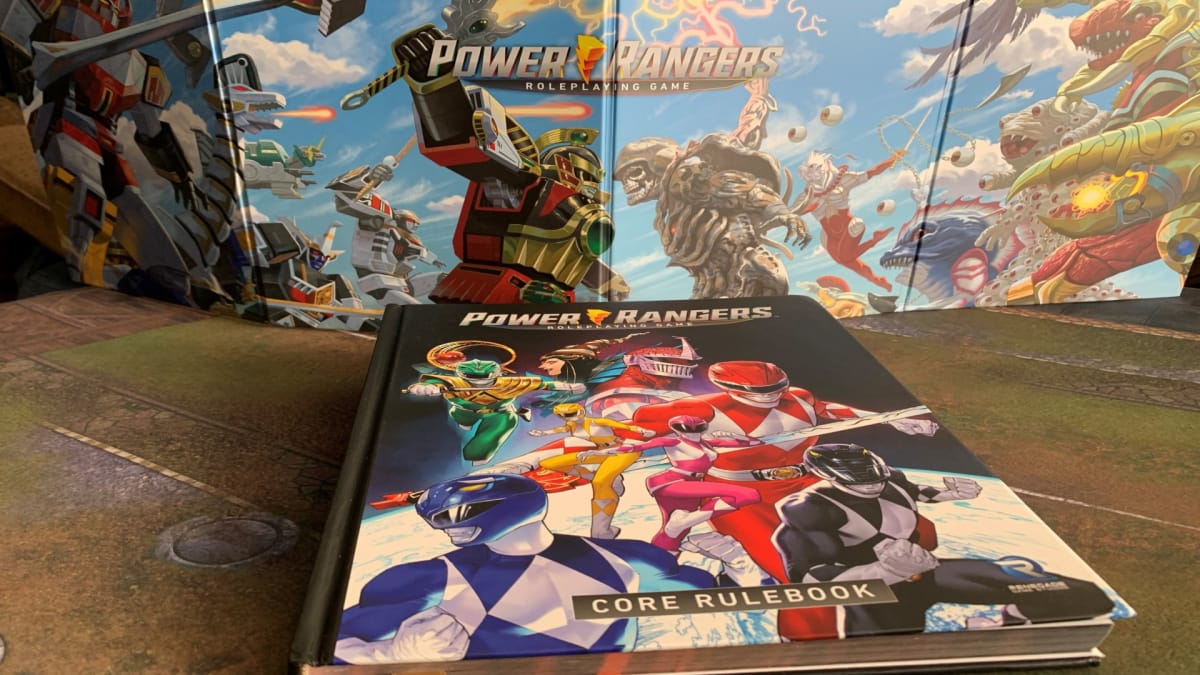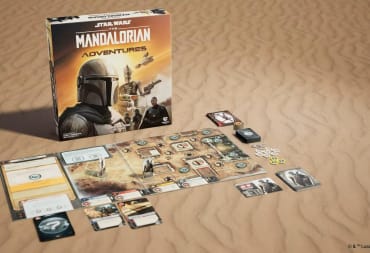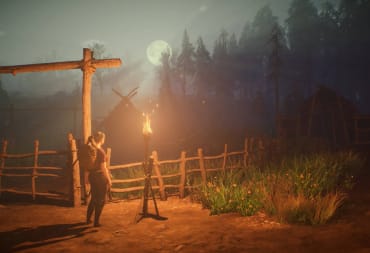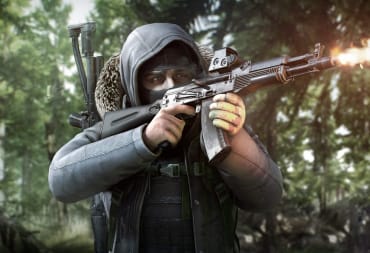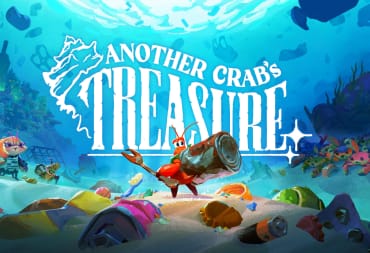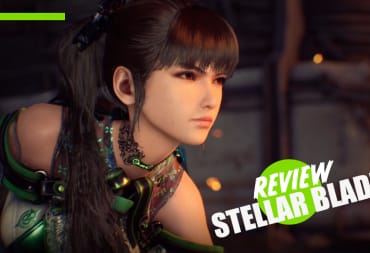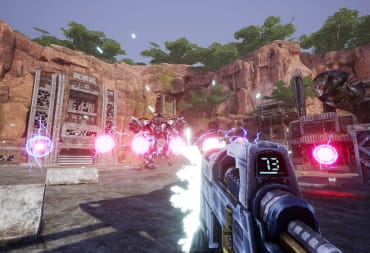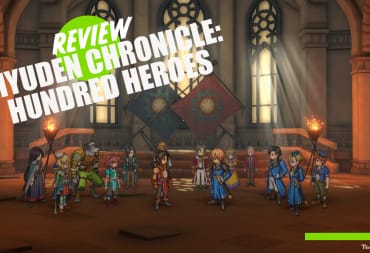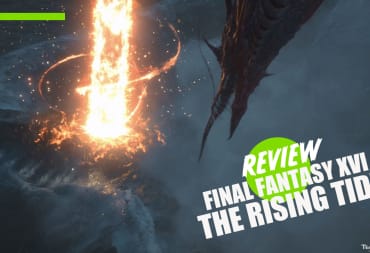Power Rangers: The Roleplaying Game is a difficult TTRPG to review. This isn't due to any fundamental problems with the flow of play, nor does any of the information presented seem out of step in terms of adapting its source material. In fact, as sessions continued, the different facets of the system became more concrete. The problem is that, while the RPG itself has the potential to be fantastic, it seems to fight new players every step of the way when it comes to communicating some of these ideas.
How Does Power Rangers: The Roleplaying Game Feel to Play?
As mentioned before in our preview, Power Rangers: The Roleplaying Game is the debut of Renegade Game Studios' Essence20 RPG system, and it is where a lot of the game's polish shines through. Broadly speaking, the system plays like a combination of the character building minutia of Dungeons and Dragons Fifth Edition and the simplified success-by-degrees storytelling format of Green Ronin's Mutants and Masterminds system. Increases to your stats are not represented by static number increases but by you rolling increasingly higher values of dice to add to your d20 roll. Rolling higher leads to things like critical successes and potentially hitting an opponent harder if you overkill their defenses.
Offsetting any stretches of bad luck in a system full of dice rolls are Story Points. Both the players and the GM get a pool of these points which can be used to recover from (or in the GM's case add wrinkles to) bad situations. They can be used to re-roll 1s, temporarily increase your character's defense from an oncoming attack, or even introduce a random mundane item into a scene.
As for how combat and battles play out, they manage to be snappy and quick. Too often, TTRPGs trying to adapt the antics of sentai and other tokusatsu properties get too hung up on things that come off as arbitrary like power levels, relative speeds, and get too far in the weeds. With Power Rangers however, it uses the standard grid-based movement and combat structure as Wizards of the Coast's iconic franchise with some small but major personal touches.
First and foremost, the ability to move and perform actions are more loose. Depending on your character's Speed Essence score and movement speed, your character can perform a set number of standard and free actions during their turn, with their movement speed (about 30 ft. on average) acting as a sort of movement pool that ticks down as they travel. Once it hits 0, they can't move anymore. This means your character can run 10 feet, attack a Putty with their weapon as a standard action, leap 10 feet away towards some hostages, use their Free action to undo the hostages' restraints, then use the rest of their movement to guide those hostages to safety, all in a single turn.
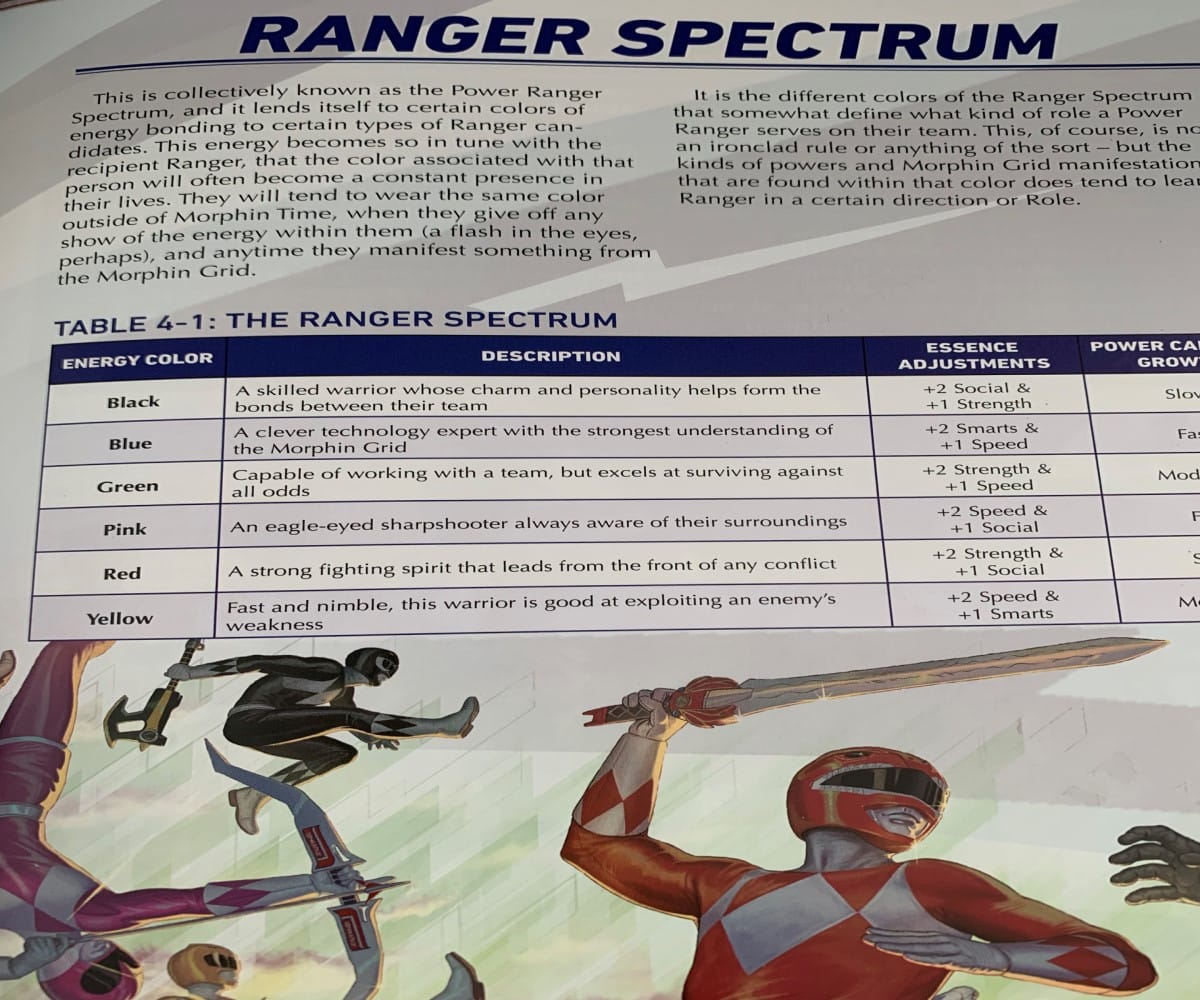
What Are The Player Options For Power Rangers: The Roleplaying Game?
As for player customization in Power Rangers: The Roleplaying Game, there are a few odd design choices that stick out, but work quite well. You pick an Origin, which ranges between familiar teenage archetypes like Athletic, Brainy, Kind, or Rebellious, a handful of Influences which give you different benefits and flaws like Caregiver, Artisan, or Not From Around Here, and you get 12 Essence points to put into your four core traits: Strength, Speed, Smarts, and Social. Finally, you pick your Ranger Spectrum Role, which determines not just the color you wear when you morph, but your “Class” in the group dynamic.
While these building blocks to character creation are good from a design perspective, it is the latter element that has lead to some contention with fans. Assuming you are familiar with just the original 1993 Mighty Morphin Power Rangers TV show, something the Core Rulebook draws very heavily from, these colors associated with roles makes perfect sense. Red is the leader, Blue is the tech expert, Pink is the long-range archer, Green is the reluctant loner, etc.. However, in future seasons, that kind of rigidity breaks down. It's the kind of pedantry that can easily be homebrewed, just take the associated role and aesthetically change the color, since the Spectrum Roles are good enough by themselves, embodying broadly applicable archetypes.
But what is interesting is how character progression and builds happen. In addition to getting unique perks at certain levels, each Ranger gets an Essence score increase every single level. These are important because they not just increase your base defenses, but let you improve your skills. However, in the book as written, you can instead choose to forgo this Essence score and take a General Perk.
Arguably, this is where some of the game's balance starts to shake. While DnD had similar rules for switching out stat increases for feats, those happened once every four levels, not every single level. It can lead to situations where certain players stocked up hard on General Perks that greatly upped their defenses and imposed Snags on attack rolls. However, unlike DnD, Power Rangers: The Roleplaying Game states that if a Ranger no longer has the prerequisites for certain perks during play, for example a monster attack drops their Speed Essence score with some power or trick, they lose access to that perk. It helps keeps things relatively in balance, but it is something to keep an eye on if you're running a game.
Finally, there is weapon customization. There is no economy in Power Rangers: The Roleplaying Game. Instead, your characters start with their basic Power Weapons from character creation which they can improve with additional traits through a workshop. Each trait has different degrees of power and availability, which adds up to a fixed DC. Once the player determines how they want their weapon upgraded, they roll. If they hit the DC, they have to wait a set number of days for the new weapon to be ready, leaving them without it during a monster attack. If they fail, they have to wait an entire day to try again. It's not a bad system on the whole since it helps maintain the spirit of the property while letting players feel like they're making their own special weapons.
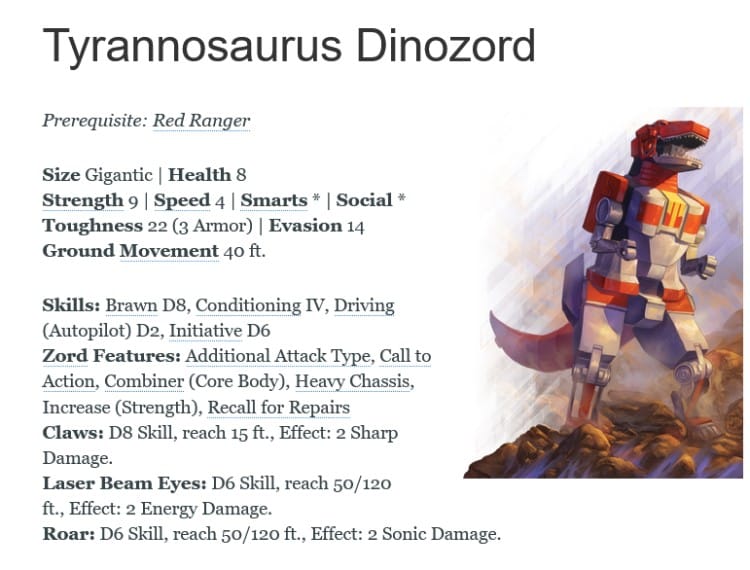
How do Megazord Battles Work in Power Rangers: The Roleplaying Game?
The last big selling point of Power Rangers: The Roleplaying Game are its giant monster battles and Zord customization. For the most part, it's pretty good. Once players hit level 3, they get access to their own customizable Zord, which the book dedicates a chapter to. Everything from health, stats, and unique traits like armor or combiner abilities are addressed. They even gain additional abilities in parallel to your character's level progression.
As for Megazord battles, they're arguably the combat system at its most complex. In addition to enhancements and powerful signature attacks, a team's Megazord has its maximum health determined by the sum of the individual parts. In addition, enemies can impose Snags by making “called shots” on these parts, potentially disabling certain abilities. Furthermore, any of the Megazord's ability checks are always done by whatever team member has the highest stats in that respective skill, which sells the idea of a team united.
How Easy Is It To Run Power Rangers: The Roleplaying Game?
Unfortunately, this is where a lot of my frustrations with Power Rangers: The Roleplaying Game stands. Despite plenty of chapters of information and text, this TTRPG has some fundamental oversights that make it daunting, almost impenetrable for new players to get into.
There are elements of the system that make sense. Leveling up is done through a milestone system. The Rangers beat the monster, stop the doomsday plot, or have a big character moment, the GM declares they've gained a level. There are guidelines for difficulty checks, there are two chapters detailing key locations of Angel Grove as well as footsoldiers and monsters.
But the issues arise when you start to make your own unique characters or customize items and zords. There are no walkthroughs for making your own weapon, character, or zord. There are tons of references to previously established weapons and vehicles from the source material, all with their own stat blocks, but it doesn't put in the leg work to explain how those abilities came about in game terms. The only reason why my own group was able to make their own unique characters and items was because we were all veteran players reading through the book and piecing it together through trial and error. While the rules are there, they are buried in such a way that new players can easily miss them. And for a brand new RPG system that needs to teach its rules to an audience with potentially no prior knowledge of TTRPGs, that's a problem.
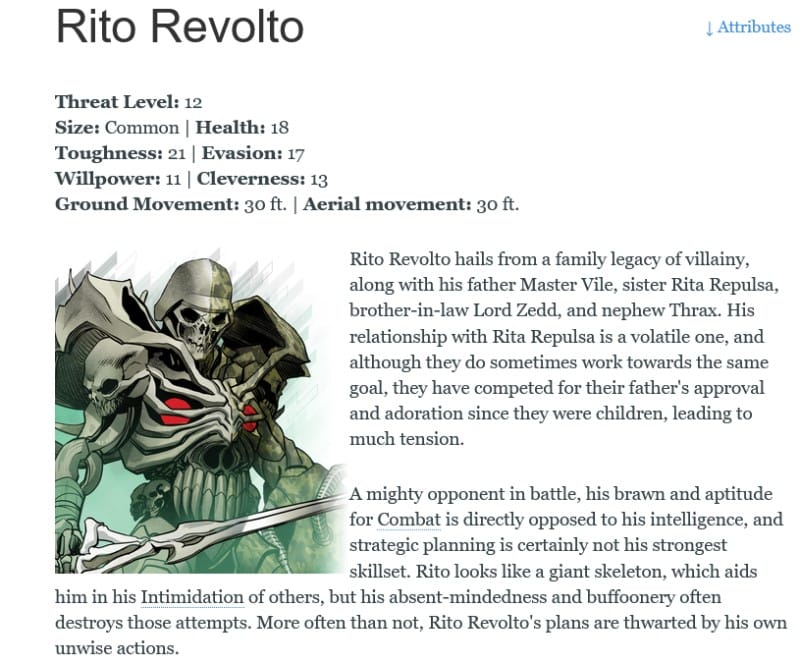
It doesn't get much better for running the game as a GM. Much like other chapters of the book, there are stat blocks for classic monsters and footsoldiers, albeit with notable absences like Goldar, Rita, and Lord Zedd, but no rules or guidelines whatsoever for using or creating your own threats. Not helping this disconnect are formatting issues and a few passages that read like first draft text. These issues can be handled with errata and supplements, but it's still baffling that of all the areas for this RPG to struggle, one based on a universally beloved children's property, onboarding would be the weakest link.
However, credit must be given to the adventures and materials currently out right now. The Core Rulebook's prewritten adventure, A Fool's Errand, is a bit of an odd duck. It starts in medias res, assuming the team has already formed, and highlights the obscure Pineapple The Clown as the central threat. It's not a terrible start, but it is pretty forgettable.
Alternatively, there is Glutton for Punishment, an adventure included with the game's GM Screen. This adventure is genuinely great, chaining together iconic monster threats with civilian life hijinx in a creative manner. As for the GM Screen itself, it is a godsend with its tall, four-part design. Not only does it have multiple helpful charts and references for Ranger abilities, Story Points, and different status conditions, the side facing players features gorgeous artwork by TJ Storm depicting the Zordon Era's Megazords throwing down against Rita's monsters. My only real complaint about the GM screen is it doesn't include the Size chart for grown monster battles.
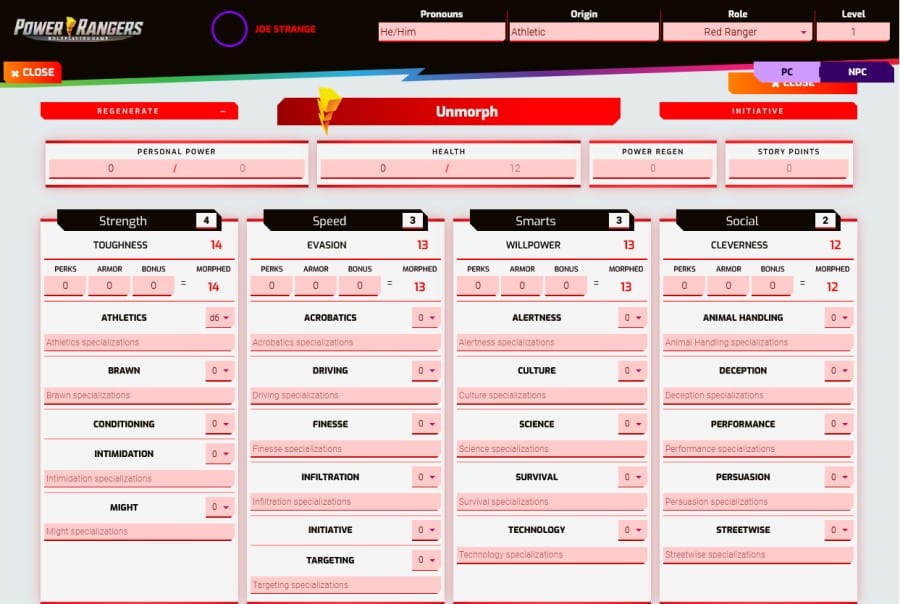
As an aside, it must be stated that Power Rangers: The Roleplaying Game also has the starting adventure and entire core rulebook supported on Roll20. While it only contains the maps shown in A Fool's Errand, the character sheets are great at presenting information, beating out the actual printable sheets in several key ways. There's even a dedicated “Morph” button that makes your sheet glow your respective color. It's cheesy, but for Power Rangers, it's the right kind of cheesy.
Should I Buy Power Rangers: The Roleplaying Game?
If you are a fan of the source material, Power Rangers: The Roleplaying Game gets a lot right. The Essence20 system works really well for general play and the unique take on progression and Zord battles keep things interesting. However, unless you're a veteran GM comfortable with a less guided experience, the non-existent rules for running the game and formatting oversights can make this RPG daunting to run for your first time. If you can look past these issues, pick this up and get ready to save the Earth. Otherwise, you might want to wait for some supplements and official errata to come down.
The copy of Power Rangers: The Roleplaying Game, The Glutton For Punishment Adventure, and GM Screen used for this review were provided by the publisher.
Review Summary
Have a tip, or want to point out something we missed? Leave a Comment or e-mail us at tips@techraptor.net
